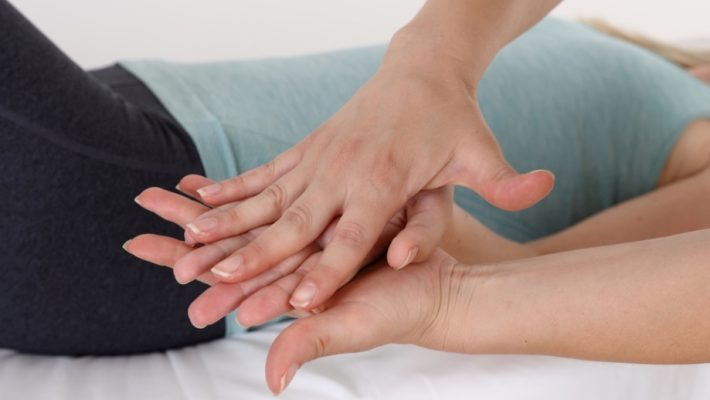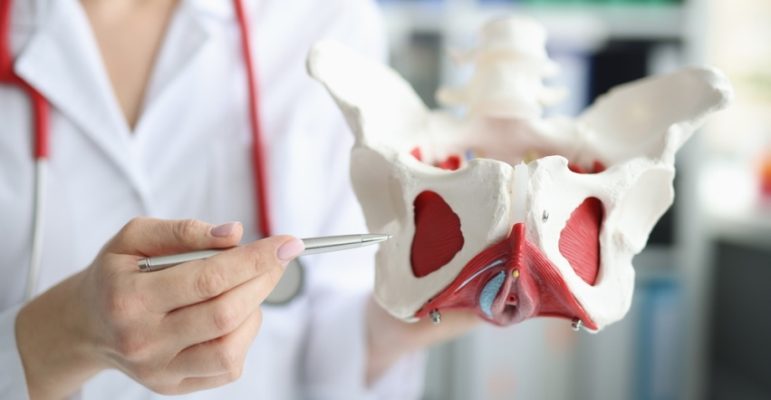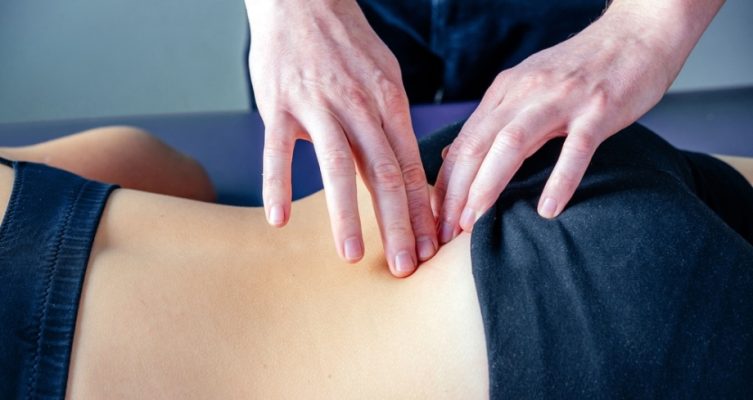
Transgender Massage Therapy — also known as Transgender Affirming Massage or Trans-Affirming Massage — is not a special type of massage treatment modality, although it involves a Transgender-Informed working approach of the therapist and specific technical proficiency of giving massage sessions.

Yet, first of all it’s important that a massage therapist or massage practitioner deeply realizes that being a transgender (or alternatively a gender diverse person) is not an illness, but that nonetheless many transgender people need to cope with physical and mental health problems because of discrimination, ignorance, and stigma.
It means that the trans-affirming massage therapist needs to create an emotionally safe and trusting space for transgender clients and needs to know how to properly talk and deal with them, which involves things like having a targeted intake session, addressing trans people with the right gender pronouns, applying the correct draping methods during a massage session, being very proactive as for consent issues, and being aware of possible emotional sensitivities or trauma of the client.
In addition, it also means that a therapist should be aware of and/or ask after possible areas of (chronic) bodily/somatic tensions, pains, and holding patterns, which depending on the gender diverse person (trans men, trans women, non-binary, or genderqueer people, for instance) may specifically involve the jaw and neck area, chest area, genital area, or pelvic region.
Some transgender people may be preparing for Gender Affirming Surgery and/or Gender Affirming Hormone Therapy or alternatively have gone through it or are in the process of transitioning, and notably after surgery it depends on what has been done what body parts or body systems need special attention. The latter could mean avoiding working with certain body parts or alternatively specifically working with/on certain body parts (genitals, chest/breasts, scar tissue, etc.) or (physiological) body systems (lymphatic system, blood circulation, immune system, myofasciae, etc.).

Gender Affirming Hormone Therapy likewise results in changes of the body which often lead to sensitivity and/or pains. Especially in the beginning of treatments, feminizing hormone therapy leads to fat redistribution, skin changes, breast growth, decreased muscle mass, and libido issues, while masculinizing hormone therapy leads to fat redistribution, acne, loss of menstruation, and increased muscle mass, to give some examples.
Transgender people may also engage in Nonsurgical Gender Affirming Practices such as Chest Binding, Packing, Padding, or Tucking, and depending on what they do and how they do it the tools and devices used may give certain tensions or pains, like of the chest and back, genitals or, hips, pelvic or groin area, and the therapist needs to be aware of these kinds of issues and with consent of the client perhaps work on alleviating those pains or discomforts through proper massage therapy.
All by all, Transgender Affirming Massage is quite a domain by itself and needs a respectful, transgender-informed, and technically proficient approach of a massage therapist, no matter what type of massage treatment modality they offer.

















